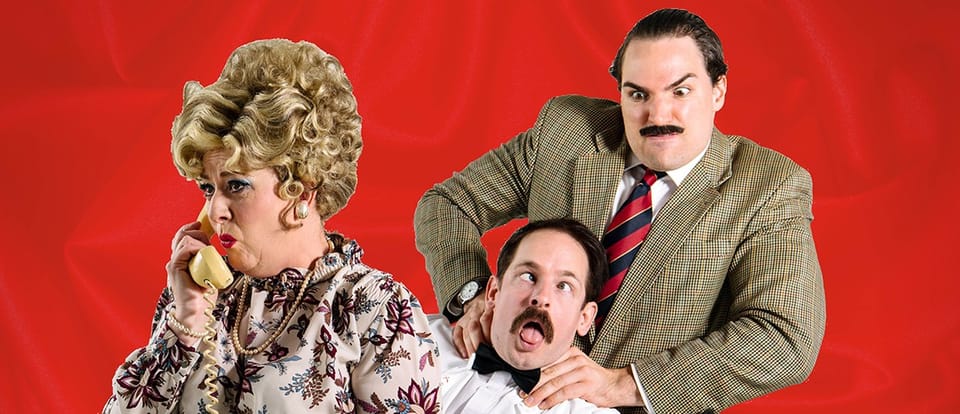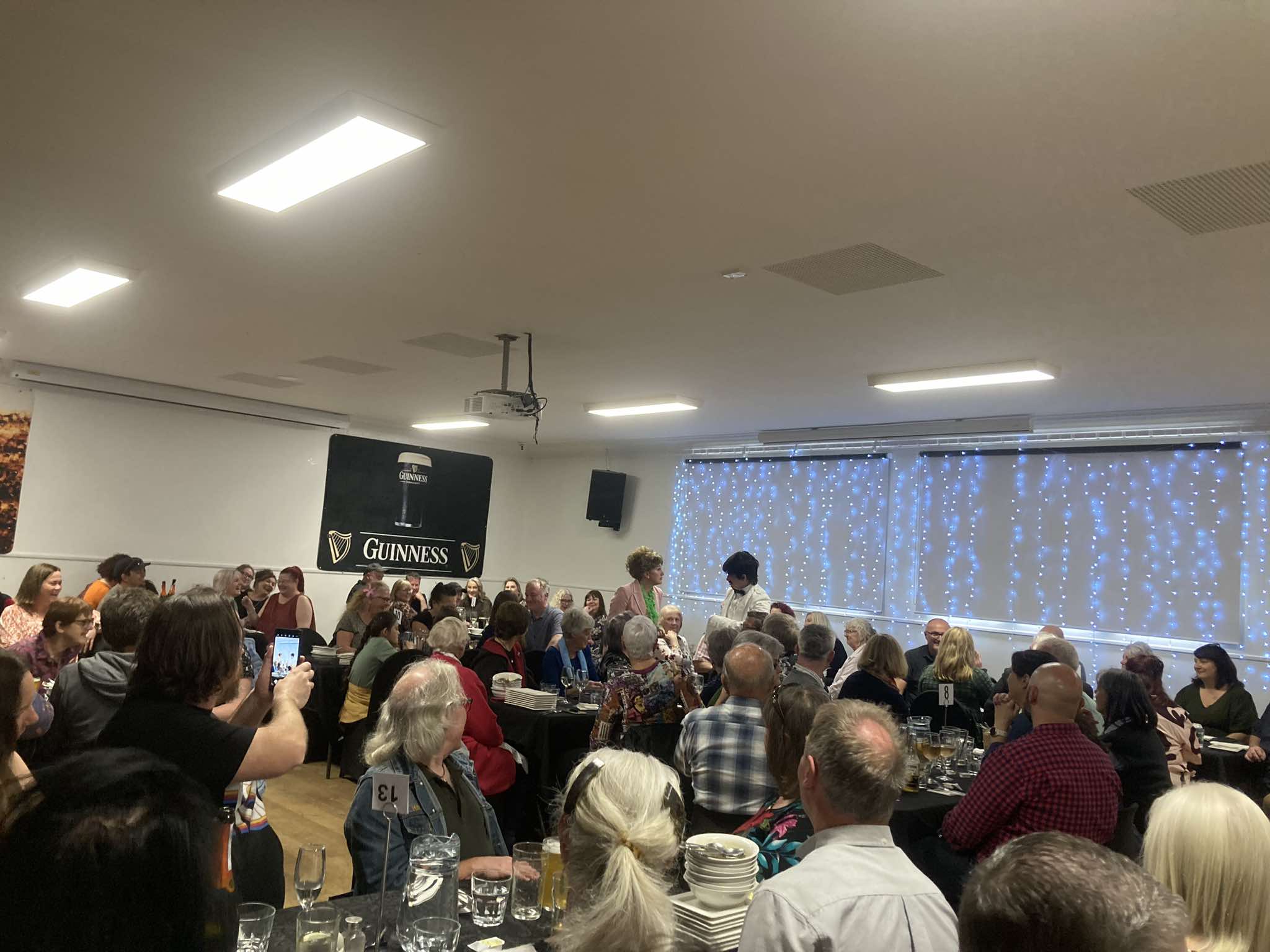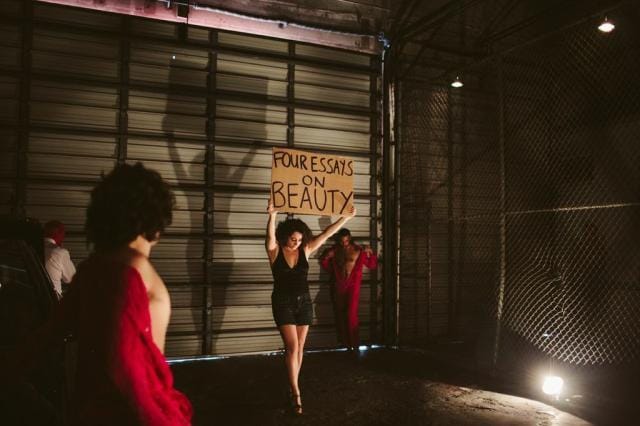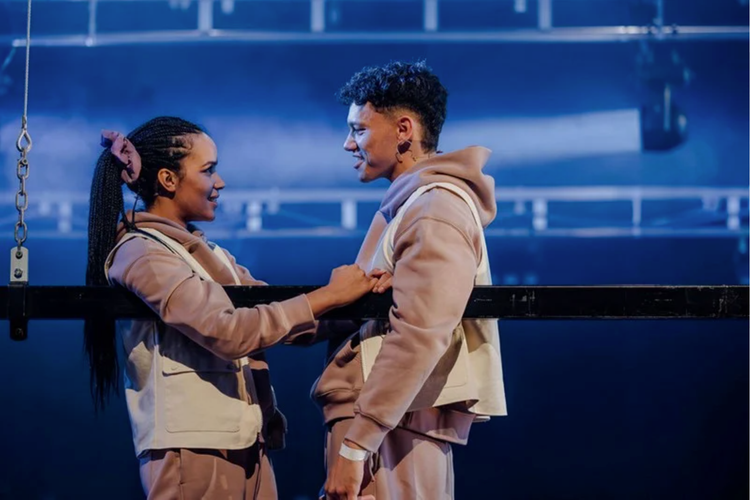An afternoon with the Fawlty Towers Dining Experience

I never thought I’d ever attend the Fawlty Towers Dining Experience, but sometimes you get an email in your inbox that changes the entire trajectory of your life, and you end up at Mt. Albert’s Irish Club on a Saturday afternoon surrounded by Pākehā boomers with buckets of beer and wine, waiting to be seated.
There are several reasons why I never thought I would attend the Fawlty Towers Dining Experience.
Firstly, I didn’t know it existed. Knowing something exists is an important, but not insurmountable, bridge to experiencing it.
Secondly, I have managed to never see an episode of Fawlty Towers. Thankfully, after only a few minutes around the characters, I understood the premise: a couple who engage in semi-regular domestic abuse barely manage to keep a hotel running while a waiter slowly builds a long list of workplace complaints that will never actually be filed. ‘70s British comedy or ‘10s prestige drama?
Thirdly, and finally, dinner theatre stresses me out. I’m not a big eater at any rate, and the idea of eating amongst a group of strangers, with little control over what I can eat, while also trying to pay attention to performers is not my ideal time. Audience interaction only bothers me insofar as I know the actor doing it is having a worse time than me, and it fills me with sympathy.
Despite all of this, I’m not one to turn down a once-in-a-lifetime experience, and I was unlikely to get another email inviting me to this specific one, and thus I ended up at the Irish Club, the rare place where theatre and sport apparently can meet. (Get you a venue that can do both!)
I have quite a few compliments to give the Fawlty Towers Dining Experience, but the highest one I can give is that it is very accurately titled. It’s not quite a show, not quite a lunch, but it is exactly a dining experience. Across two beautifully paced hours, three actors perform the roles of Basil Fawlty, his wife Sybil Fawlty, and their employee Manuel while serving around 100 people three courses of food. You would hope the show was beautifully paced at this point, it has been around for 25 years, with a West End residency and multiple casts touring around the world. I wouldn’t be surprised if somewhere in the world right now there is an actor with slicked back hair, counting down the beats, waiting for his moment to emerge to a delighted audience, screeching in a Devon accent.
Was it good, though? Good doesn’t really come into the equation. I had a good time, but I am also deeply not the target audience. An example of the target audience? At our table – a minimum of twenty years older than me and my plus-one – that all of them had heard about the show through Facebook. (That’s a hint if your target market is the boomer crowd: Use Facebook.)
The target audience absolutely loved it. And for them, what’s not to love? Comedy and food, with very reasonably priced drinks!
I have no opinion on the food! The first course was a vegetable soup, the second some sauteed chicken with vegetables, and the third course some mixture of pavlova and cream. I am not and never will be a food writer, unfortunately. It was functional, it was fine, and nobody around me seemed disappointed in it. It could have used more seasoning, but my seasoning needs are likely more specific than those who come to the Fawlty Towers Dining Experience for the food.

Honestly, I spent most of my time marvelling at how hard this particular cast were working. It’s one thing to deliver a good performance in the confines of a standard theatre show: good script, weeks of rehearsal, a full team around you, and most crucially: an audience who understands the standard performance contract. The people on the stage are the ones talking and moving, the audiences are the ones listening and staying still.
It’s another thing entirely to do what the actors in The Fawlty Towers Dining Experience are doing. The show not only starts with the actor playing Basil reading out a roll so the audience can find their seats – maybe the most mortifying bit of audience interaction I’ve seen an actor have to engage in – but all three actors are not just staying in character, but staying in three beloved characters that a paying audience wants to banter with, while that same audience is also expected to be fed, and maybe drinking moderate amounts of alcohol. It isn’t hard to hit the punchlines in this kind of comedy – the jokes and their targets are broader than the long side of a barn – but it is a specific skill to be heard, and laughed at, over the sound of clinking cutlery and wine.
On the comedy, though. I’ve no idea if there are specific scenarios taken from the series – but I’d wager that a certain extinguisher bit that comes near the end is probably a replication – but it was surprisingly… loose and modern? Anti-comedy this is not, but I was pleasantly surprised with how alive the performances were at the end of a national tour and a trans joke that wasn’t even remotely phobic. (The bar is so low here as to be tripped over, but when it comes to this era of British comedy, to not be actively offensive when tributing it is to be acknowledged.)
Look, this is not the kind of thing I love. I spend most of the show being stressed out for the performers, I barely eat as it is, and I prefer my performances not to have gaps to observe the audience around me and how out of place I am. But the other hundred-and-change people in the crowd? Adored it. Cracking up. Funniest thing they’ve ever seen. Giving an audience what they want, as deeply specific as it is, is something to appreciate.
At the end of the experience, I stood outside with my wine. Two Pākehā fellas, in unintentionally matching sunglasses and intentionally loud shirts, were commiserating. One of them was beaming, “Pretty good value, eh?”
Writing and reporting takes time, and if you want to support the amount of time it takes (and ensure that the scant amount of meaningful coverage of local art can continue), please considering supporting Dramatic Pause with a paid subscription ($8 p/m, $60 p/a) and if you can't afford a paid subscription, please share the work with your networks!




Member discussion